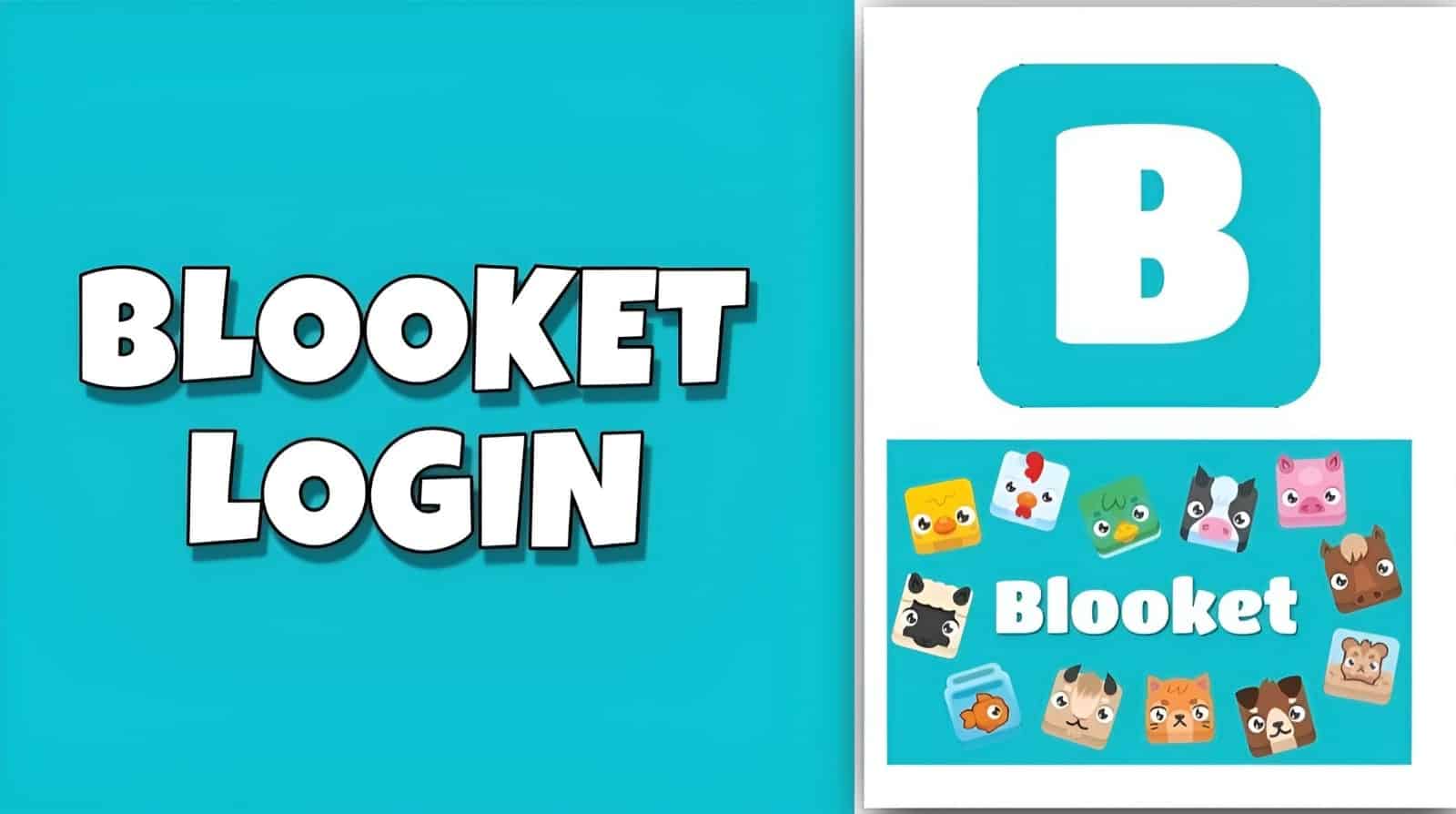An essay outline is a detailed plan of how your future essay will look like. Outlines are essential for different types of academic paper writing. They help not only to organize all ideas that you would like to convey but also to focus on the most essential and necessary points. With the help of an outline, you will never forget the most important ideas and thoughts. More so, you will not be tempted to deviate from the topic and focus on something less important. The core guideline of essay outline writing is to decide on the ideas you want to communicate, organize them into paragraphs, come up with the main arguments, and provide the needed supporting evidence. Of course, it is possible to write an essay even when you do not have an outline, but it can be challenging and more time-consuming to do it. An outline is a roadmap, so when you have it, you do not end up wandering around some unknown paths.
Read on to learn how you can create an effective outline. However, don’t panic if you can’t do it as you can always ask for help from an essay outline writing service and receive expert advice.
Basic Steps to Creating a Good Essay Outline
Organize the materials
Make sure to logically structure the materials and ideas you have collected. Before you start writing, you investigate different sources, jot down the most important ideas, find the most important arguments and supporting evidence. Now your task is to organize them in a coherent manner. So, when you start working on your outline, keep in mind that you should formulate the arguments briefly and clearly.
If you are writing an extended paper, proper organization of the information and materials is a must. You may use some graphs, tables, and even applications to do that. Besides, you can use the following digital means or a hands-on approach:
- index cards;
- drawings;
- tables;
- sketches;
- different lists;
- post-it notes;
- folders;
- spreadsheets;
- mind maps;
- cards;
- transcripts, and others.
Determine the topic of your essay is
If you need to come up with the essay topic on your own, check out the following tips on how to pick an interesting and manageable topic for your paper:
- Select a subject area that you are passionate about. It should be appealing both to you and your readers. Do not focus on those topics that are clichéd or overly discussed. You’d better maintain a balance between choosing a topic that is both academic and controversial.
- Conduct some background research. Consult only peer-reviewed and reliable sources. Make sure you study those materials that help you acquaint yourself with the topic sufficiently.
- Once you come up with the topic, concentrate on the basic concepts or some most important research questions. Take a look at the topic once again and make sure it is neither too narrow nor too broad.
- As soon as you have chosen a manageable and interesting topic and carried out sufficient research, now is the high time to formulate a thesis statement. Try to convey the main idea in the thesis. Make sure the main argument is further elaborated within the body paragraphs.
Choosing an appealing topic will help you craft your outline easily, leaving you with an abundance of ideas that you can include in your essay later.
How to Write an Essay Outline
-
Introduction
Briefly develop the introductory paragraph by mentioning the basic facts about the topic, stating the topic, and highlighting the main idea of the argument. Finish it with the thesis statement.
-
Develop the ideas for the main body
Provide as many body paragraphs as you have ideas. Make sure that each idea is properly conveyed in a separate body paragraph. As a rule, five-paragraph essays contain three body paragraphs. Elaborate the ideas from the thesis statement in the main body. Thus, list the ideas you want to discuss in your essay and briefly highlight points of your supporting evidence and/or examples that you will include in the essay.
-
Conclusion
Make a separate point for the conclusion in your outline so that not forget about it. Usually, you do not need to elaborate on it in your outline but remind yourself to reiterate the ideas presented in the essay.
An essay is not some lousy compilation of ideas – it should revolve around a specific argument and it should provide logical and coherent facts. It should help the target audience keep track of the ideas and keep up with the general point. However, to help you make your essay such a writing, you need to be sure of what you include in your essay. Namely for this reason you should work on your outline first.
Steps for Further Essay Writing Using Outline
Formulate a good thesis statement
A successful thesis comprises two parts: what you argue about and how you do it. Apart from merely stating the main argument you convey, you should also pinpoint how you will develop these ideas throughout the paper.
To make sure that your thesis is effective and strong, first make sure you have carefully read and analyzed the primary sources. Jot down the key ideas that you derive from them: highlight any controversial facts, points of tension, etc. Highlight whether the author provides some contradictory aspects or implications of the ideas.
There are recommendations that a thesis statement should go to at the end of the introduction. Try to formulate it in one or two fully-developed sentences. Yet, remember that formulating a thesis is an essential step when composing an outline for an essay because it will help you present important points in your outline in a concise manner.
Aim at coherence
Please consider that the ideas you provide should be coherent. So, do not forget about using transitions between the paragraphs that will help you logically structure the information. Transitions are like the glue that holds different pieces together. They will surely help your readers keep track of the ideas and find the relation between them more easily. When developing an outline, you can note them down so that you could use them appropriately later when composing your essay.
Connect sentences within a paragraph or chapter
Sentences are frequently linked with conjunctions, such as and, because, so, but. However, there are alternative transitions that pursue a similar aim: in addition, moreover, nonetheless, as a result, accordingly, conversely, contrariwise, consequently, etc. Thus, you can simply make a list of transitions in your outline points to have an idea of how you will develop your essay based on your outline.
Linking ideas together
An essay is considered to be strong and well-developed if it is logical, coherent, and consistent in the ideas it presents. It should be easy for a reader to follow the ideas and progress through the argument. When the ideas are linked together properly, a reader would hardly ever be confused. Besides, to maintain the coherence of ideas, it is sufficient to provide clear illustrations and arguments, show similarities and differences, etc. To maintain the connection between ideas, you may use such phrases as similarly, simply put, correspondingly, in other words, etc. However, you can link the ideas in your outline with the help of graphics or their logical sequence.
Revise Your Essay
Step 1. Skim read your essay once again
Take a look at the whole essay without focusing on its separate parts or chapters. Just try to see how the essay looks on the whole and what impression it has on the reader. Adhere to the principle “analyze from general to specific”: check out whether the general idea is well comprehended and then focus on separate sentences.
Step 2. Focus on each paragraph or chapter separately
Focus on the content and development of each body paragraph separately:
- make sure there is a topic sentence at the beginning of each paragraph;
- double-check whether the idea provided in the topic sentence is developed throughout the paragraph;
- take a look at the information you provide and make sure there are no redundant facts;
- check for any inconsistencies or disagreements in terms of the ideas you provide.
Step 3. Brush up the language
Once you have edited the content and the overall structure of your paper, now it is time to delve deeper into details and proofread grammar and punctuation and look for potential typos and spelling mistakes. Make sure the sentences are clear and properly structured so that you do not confuse your reader with what you write.
Thus, when you have a good outline, you can develop a great and coherent essay easily. Outlines aim at providing you a map to write your essay that will surely save you time and extra effort. All you need to do is to approach developing outline responsibly and creatively.













































